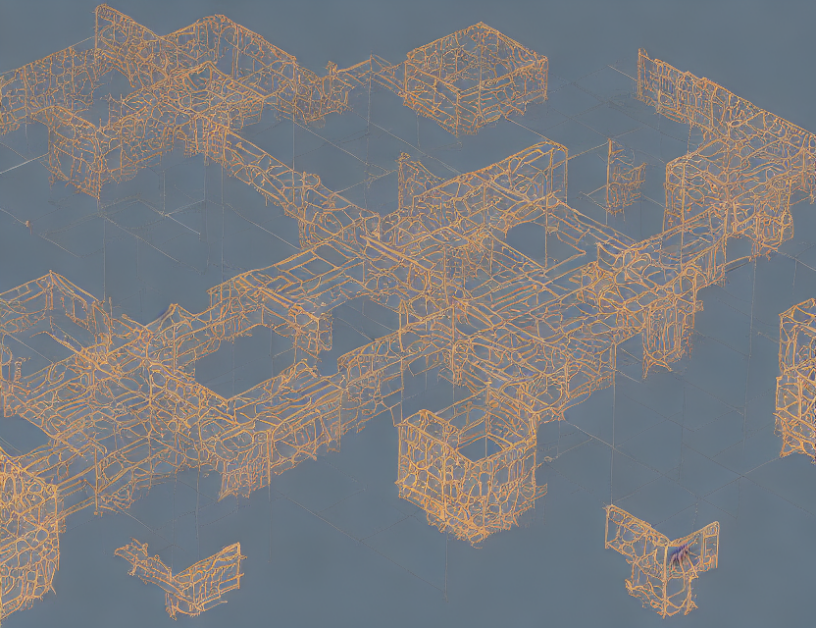In recent decades, a new approach to modeling state-space systems has gained significant attention – Differential-Algebraic Equation (DAE) systems. This innovative method was pioneered by Luenberger and has since become a widely used category of dynamic system models. The importance of DAE lies in its ability to depict the configuration of physical systems while incorporating algebraic relationships among state variables, making it an essential aspect of state-space modeling.
Background and Motivation
In everyday life, we often encounter complex systems that involve multiple independent variables affecting each other’s behavior. For example, a robotics engineer might need to model a robot’s movement, which involves several interconnected parts that affect its motion. Similarly, biological systems, such as the human body, consist of various interdependent organs and bodily functions that work together to maintain overall health. In these scenarios, a single-dimensional representation of the system using ordinary differential equations may not be sufficient to capture the complexity of the system’s behavior. This is where DAE comes in – it generalizes the state-space differential equations of a system by considering its dependency on multiple independent variables, making it an essential tool for modeling multi-dimensional systems.
DAE Systems
DAE systems are multi-dimensional state-space models that combine ordinary differential equations (ODEs) and algebraic constraints to represent the behavior of complex systems. The key feature of DAE is its ability to depict the configuration of physical systems while incorporating algebraic relationships among state variables, enabling the modeling of multiple independent variables affecting each other’s behavior.
In simple terms, think of a DAE system as a multi-dimensional puzzle with different pieces that represent different state variables in the system. These pieces are connected by algebraic equations, which help to keep the puzzle pieces together and ensure that they behave correctly under various conditions. By manipulating these pieces and their connections, we can predict how the system will behave under different scenarios, making it an essential tool for engineers and scientists working on complex systems.
Dimension of DAE
The dimension of a DAE is the number of independent variables that are linked to each state variable in the system. In other words, it represents the number of degrees of freedom in the system. A higher-dimensional DAE can capture more complex relationships between state variables, making it a valuable tool for modeling complex systems.
Index Terms
Asymptotic stability is an essential concept in control theory that refers to the ability of a system to return to its original state after being disturbed. The Rosser model is a well-known mathematical model used to study the asymptotic stability of DAE systems. LMIs (Linear Matrix Inequalities) are mathematical tools used to analyze the behavior of DAE systems and determine their stability properties.
Conclusion
In conclusion, Differential-Algebraic Equation (DAE) systems have emerged as a powerful tool for modeling complex state-space systems in various fields, including robotics, biology, and industrial engineering. By combining the capabilities of ordinary differential equations and algebraic constraints, DAE systems can accurately capture the behavior of multi-dimensional systems, making them an essential aspect of modern control theory. As the complexity of systems continues to increase, the importance of DAE systems will only grow, providing a robust foundation for modeling and controlling complex systems in various fields.



